Dave Asprey Reveals the 11 Secrets to Supercharged Energy Every Day

Do you want to live your best, healthiest, and happiest life possible? It's easier than you think. Dave Asprey, Health Science Entrepreneur, Bestselling Author, and the 'Father of Biohacking,' is an expert when it comes to healthy but sustainable habits. In a recent interview with Body Network, he reveals his 11 secrets to having supercharged energy every day.
Remove Your Friction

First thing is first: Remove your friction, says Asprey. "The first order of business when it comes to having more energy is removing the things that make you weak," he suggests. "Learn your kryptonite. It might be a toxin-filled diet, poor sleep, or excess emotional stress. Identify the things you're spending too much energy on and work to remove them so you can free up your energy for the things that matter."
Eat High-Quality Animal Food
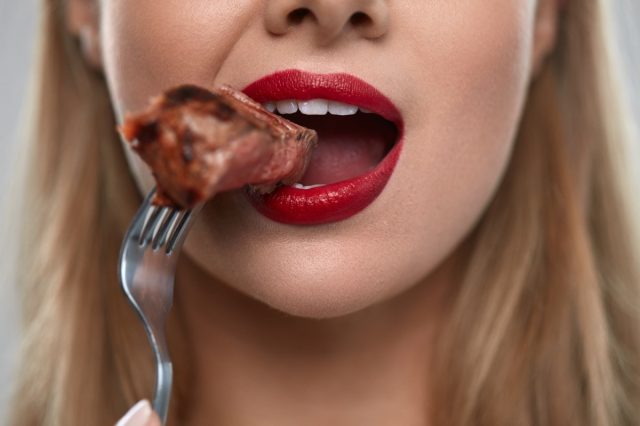
Next, eat high-quality animal foods. "When it comes to bioavailable protein, vitamins and minerals, animal foods beat plant foods," he explains. "Animal foods provide nutrients in the right forms so that your body can use them. They also contain healthy saturated fats that your cells use to make energy." He notes that you should always choose high-quality sources, including grass-fed and grass-finished beef, wild caught seafood, pasture-raised eggs, and raw, grass-fed A2 dairy.
Power Up with Minerals and Fat Soluble Vitamins

Asprey recommends powering up with minerals and fat-soluble vitamins. "Minerals are required for every chemical reaction that happens in your body. Fat-soluble vitamins D, A, K, and E (vitamin DAKE) tell minerals where to go in your body so they can work their magic. Without minerals and vitamin DAKE, your cells won't have all the right materials to produce enough energy to keep you running at full power," he explains. "Most people are deficient in one or more minerals so I recommend taking a high quality mineral complex alongside vitamin DAKE. You can find these supplements in the right ratios at vitaminDAKE.com."
Ditch the Oatmilk
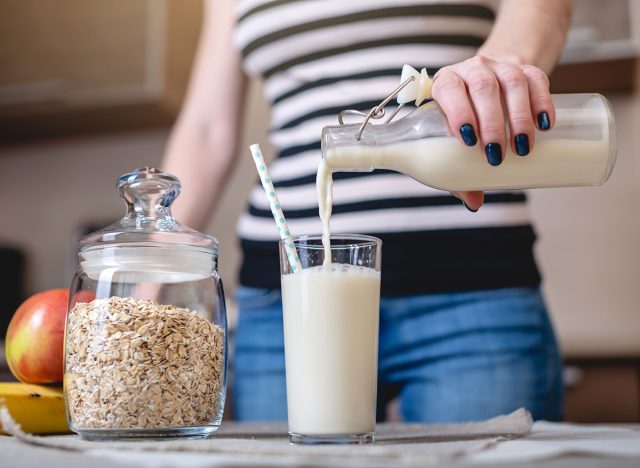
Ditching the oatmilk will also go a long way in terms of amping up your energy, per Asprey. "Most plant foods are filled with defense chemicals that suck your energy. Oats, for example, contain lots of phytic acid which prevents you from absorbing minerals. If you don't get enough minerals, you'll feel weak and tired because minerals power every chemical reaction in your body. Instead, focus on high-quality animal foods like the ones I described above," he says.
Take Care of Your Mitochondria
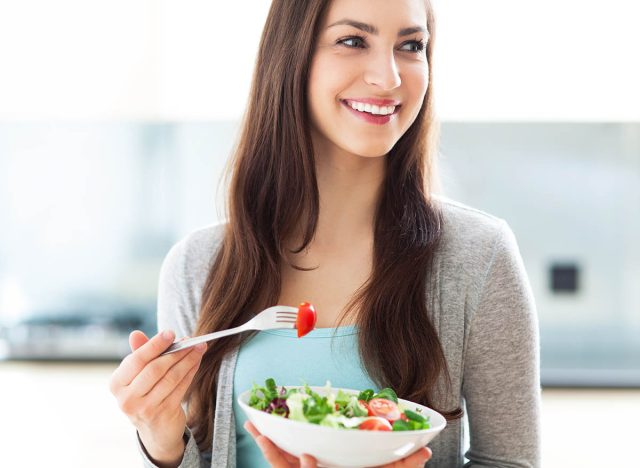
Next, kake care of your mitochondria. "Your mitochondria are responsible for turning the food you eat into energy for your cells. When you don't have enough healthy mitochondria, you'll feel it. You may get anxious, have brain fog, weight gain, or low energy," he says. One of the most impactful ways to fix your mitochondria? "Eating an anti-inflammatory diet that includes lots of healthy fats," says Asprey.
Pay Attention to Your Light Environment
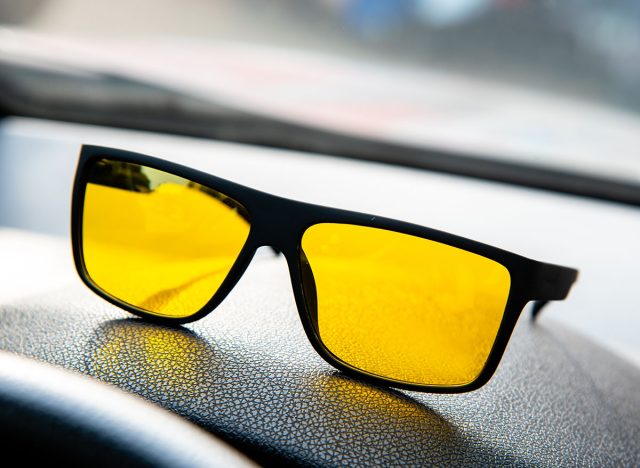
Paying attention to your light environment is an easy way to energize. "Our cells respond to light. The right type of light – like the kind that comes from the sun, activates an enzyme in your mitochondria that causes them to make more energy," Asprey explains. "Just like the right kind of light powers your cells, the wrong kind of light can be kryptonite." Artificial indoor lighting, which he refers to as "junk light," lacks many of the sun's natural wavelengths and is unnaturally high in blue light. "Our bodies aren't used to this type of light, and your mitochondria must work hard to process this unnatural light, leaving you feeling tired and drained," he says. "It's especially harmful at night, because it inhibits your body from producing melatonin, an important hormone involved in sleep." If you're going to be around a lot of junk light, the best hack, per Asprey, is to wear glasses that block the wavelengths of light that interfere with your body's natural rhythm. "I use the ones from my company, True Dark," he says.
RELATED: I'm a Doctor, and These Are 5 Things I Will Never Do to Lose Weight
Let Go of Your Triggers
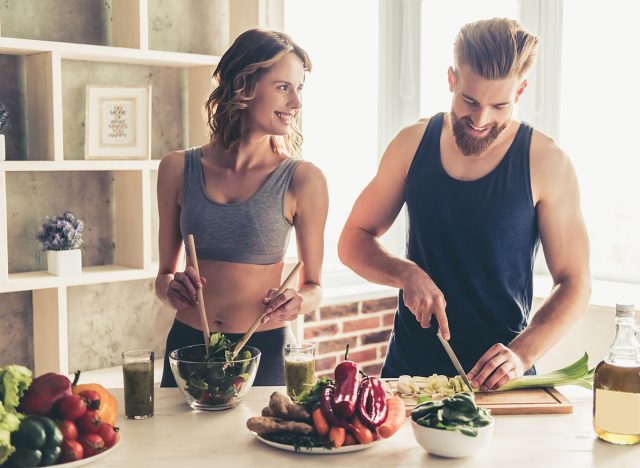
Letting go of your triggers will also help. "Holding on to past traumas and triggers drains your energy," Asprey explains. "Once you let go of fear, you free up energy to do things that matter – like being a good parent or spouse, cooking a healthy meal, or even writing a New York Times bestseller. Forgiveness and gratitude are the way out and I've developed a tried and true method for doing this – it's called The Reset Process and I outline it in my latest book, Smarter Not Harder.
Exercise the Right Way
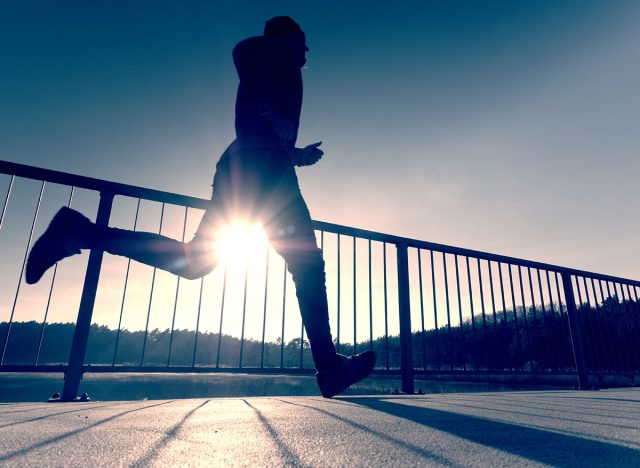
You also need to learn how to exercise the right way. "When you work out, you send a signal to your mitochondria to become stronger and more resilient. They become better at making energy, and you feel more energized," Asprey says. Unfortunately, most people exercise the wrong way. "They think 'more is better' and spend hours running on a treadmill, only to be left with an insatiable appetite, no energy, and zero results. I know this because I used to be that person!" he says. It turns out you don't have to work harder, you just have to work smarter. "One of my favorite exercise hacks is high intensity interval training. To do this, go to a park and sprint, all-out, like a tiger is chasing you, for 30 seconds. Then, walk very slowly until your heart rate goes back to normal. Repeat this a few times. This sends a powerful signal to your body to get stronger." If you live near an Upgrade Labs (one of his human performance centers), you can do an advanced version of this called REHIT (reduced exertion high intensity training) on one of their AI-powered bikes. "REHIT gives you the benefits of a 45-minute run in just 5 minutes and you don't even have to break a sweat. You can find more powerful exercise hacks in my latest book, Smarter Not Harder," he says.
RELATED: I Lost 124 Pounds in 9 Months After Stopping Starving Myself and Making These Key Changes
Pay Attention to Your Sleep Quality

Next, pay attention to your sleep quality. "Sleep is one of the most important energy hacks. When you sleep, your body repairs itself. Without adequate sleep, your brain and body won't perform well," Asprey explains. He recommends tracking your sleep ("I use an Oura ring," he reveals) and experimenting to see what helps you get the best quality sleep. "Some hacks that can help you get a better night of sleep are sleeping in a cool bedroom (around 68 F), avoiding meals late at night, and refraining from using your phone at least 2 hours before bedtime."
Do a Detox
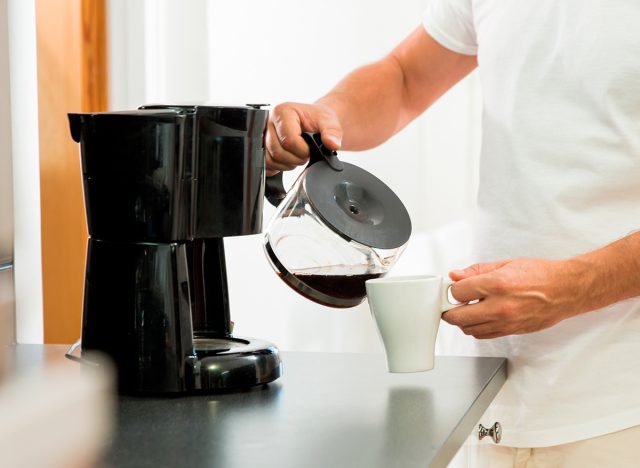
You can also do a detox. "Most people live their lives surrounded by toxins. Some are avoidable like the carcinogenic mold toxins in non-lab-tested coffee. Others, like poor outdoor air quality, are not as easy to completely avoid unless you want to live in a bubble," Asprey says. "When your body is constantly bombarded with toxins, it spends all its energy dealing with them." To free up energy he recommends doing regular detoxes to help your body neutralize and eliminate the toxins that are sapping your energy. "One of my favorite ways to detox is with
an infrared sauna. It heats your cells from the inside out and is seven times more effective for detoxification than a regular sauna. Another great way to detox is by supplementing with the 'three Gs' – glutathione, calcium-d-glucarate, and glycine. These three compounds support three major detoxification pathways in your body."
RELATED: Lose 10 Pounds a Month With These Moderate Steps
Spend Time Outdoors

Lastly, he recommends spending time outdoors. "The right dose of sunlight powers your mitochondria and helps your body synthesize vitamin D and serotonin, a feel-good hormone. Just a few minutes of sunlight in the morning can set you up for a day full of super-charged energy," Asprey concludes. And if you enjoyed this article, don't miss 12-3-30 Walking Method: 20 Proven Tips to Lose Weight Faster.




